Ancient news stories
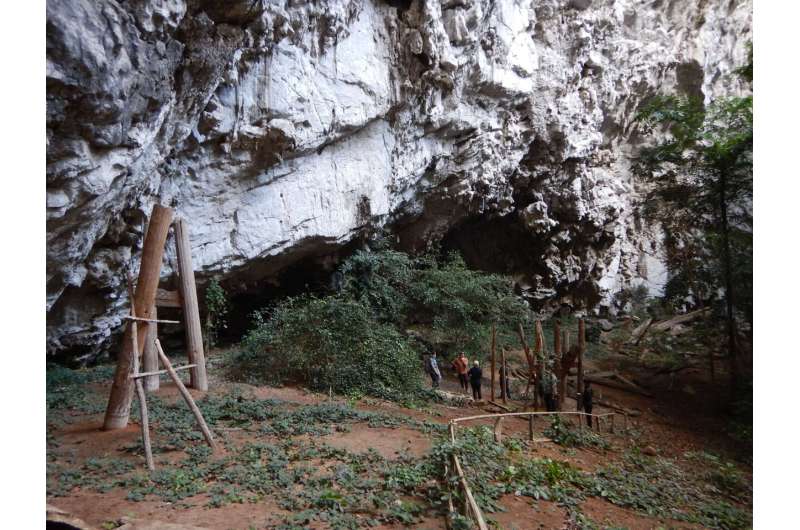
“Our research examines the relationship between humans and their environments in the seasonal tropics. One crucial aspect is the exploration of the social structure of these prehistoric communities, as well as explaining their connections with other pre-Neolithic, Neolithic and post-Neolithic groups in this region”.
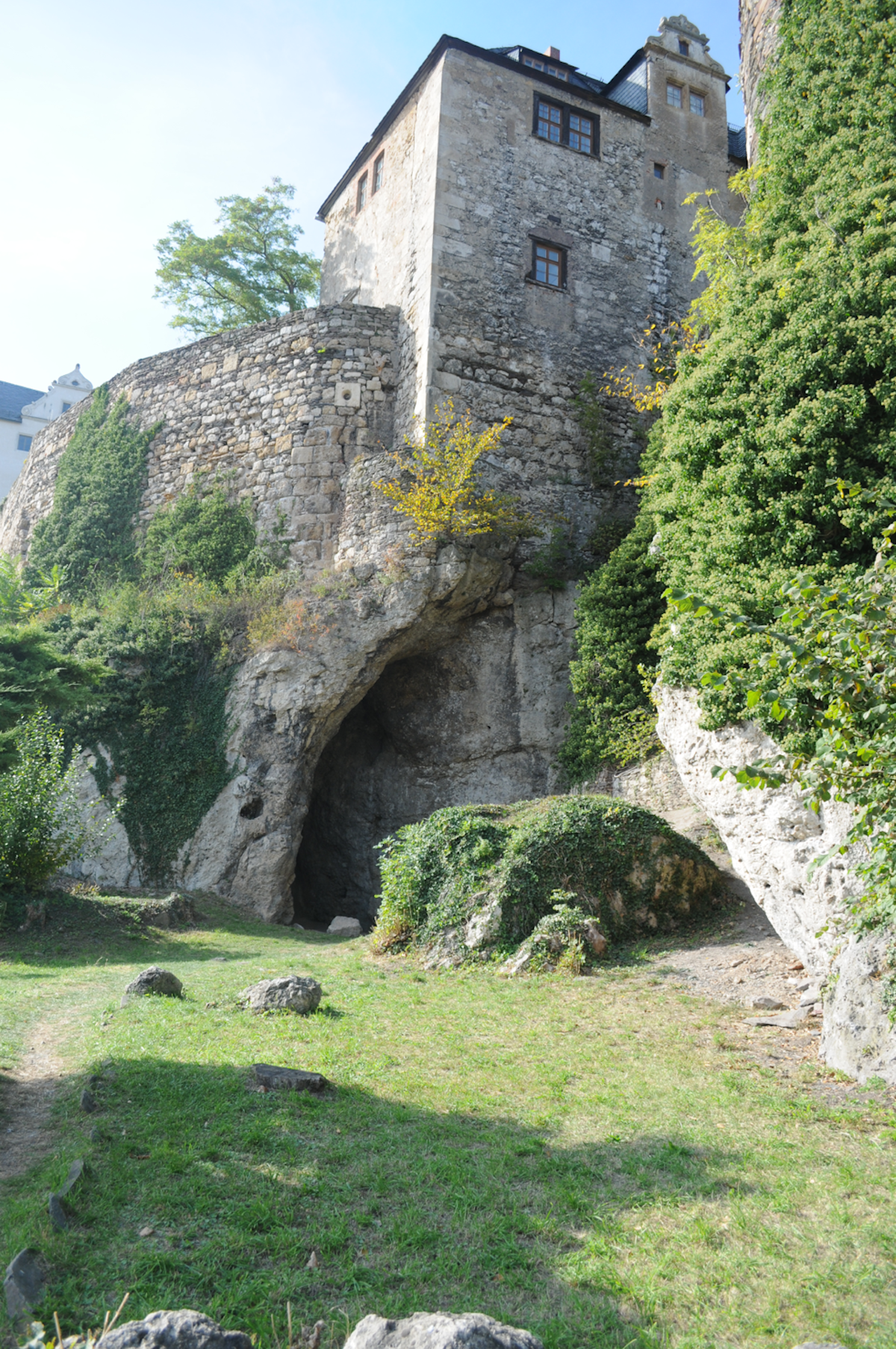
The idea that two different human species, Homo sapiens (us) and Neanderthals, co-existed in western Eurasia 50–40,000 years ago has long captured the imagination of academics and the public alike.
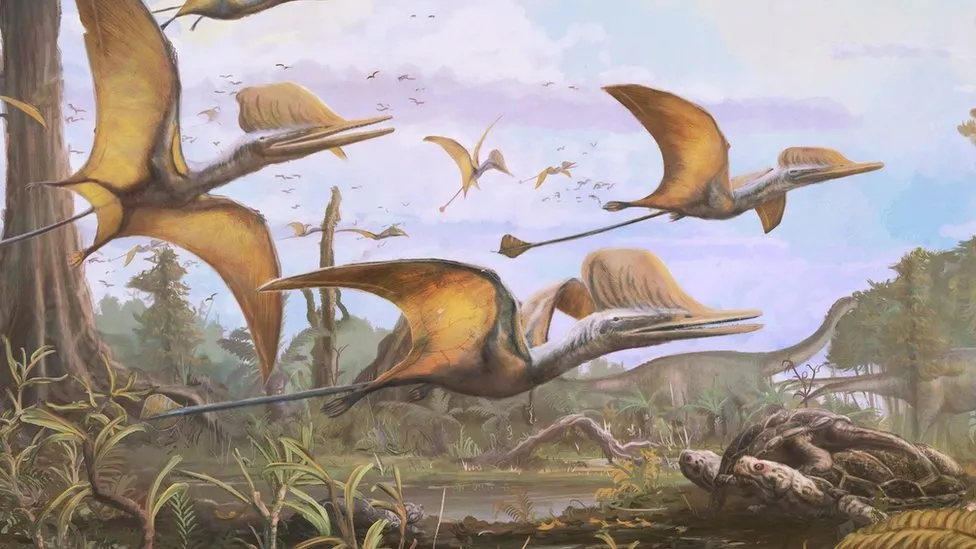
A unique species of flying reptile, or pterosaur, that lived 168-166 million years ago has been discovered on the Isle of Skye…Scientists were surprised to find a pterosaur from this period off Scotland’s west coast – they were thought to mostly live in China.

Scholars of antiquity believe they are on the brink of a new era of understanding after researchers armed with artificial intelligence read the hidden text of a charred scroll that was buried when Mount Vesuvius erupted nearly 2,000 years ago.

The evidence comes from a chemical analysis of more than 100 tiny pieces of rock entrained within the White Continent’s ice, researchers report in the Feb. 1 Earth and Planetary Science Letters.
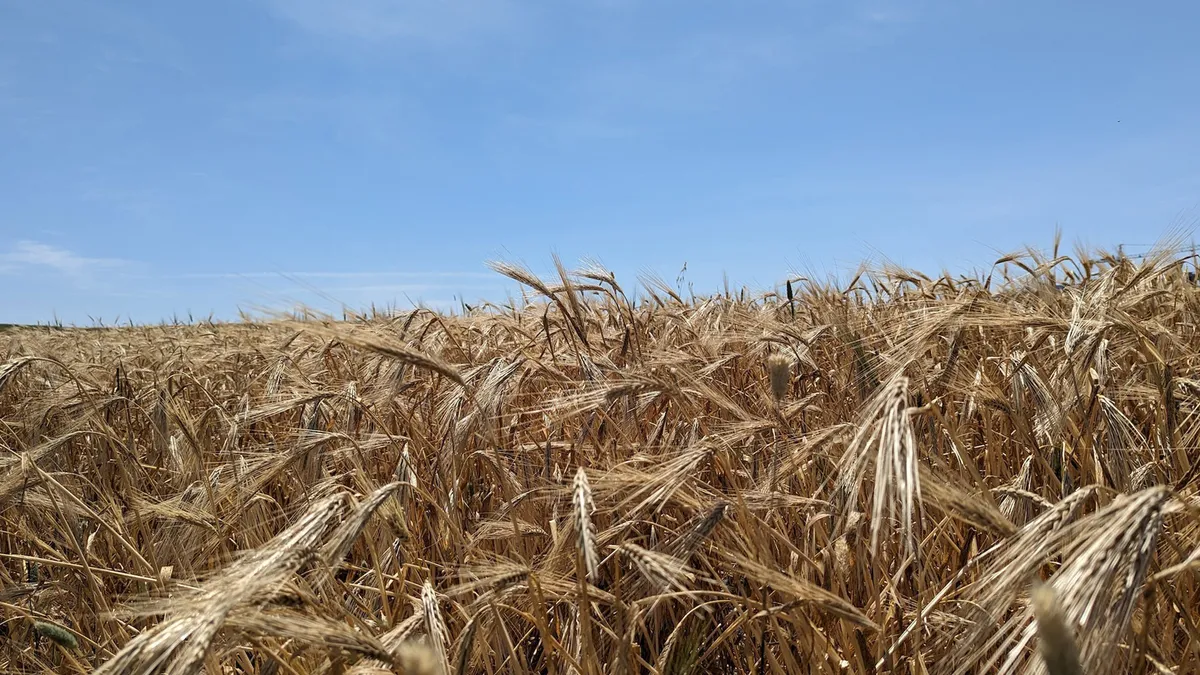
Recent research…points to rapid development in the Middle East, in the region known as the Fertile Crescent. The innovations that came about there subsequently spread, and were adopted by hunter gatherer communities in the Anatolian peninsula (present day Turkey).
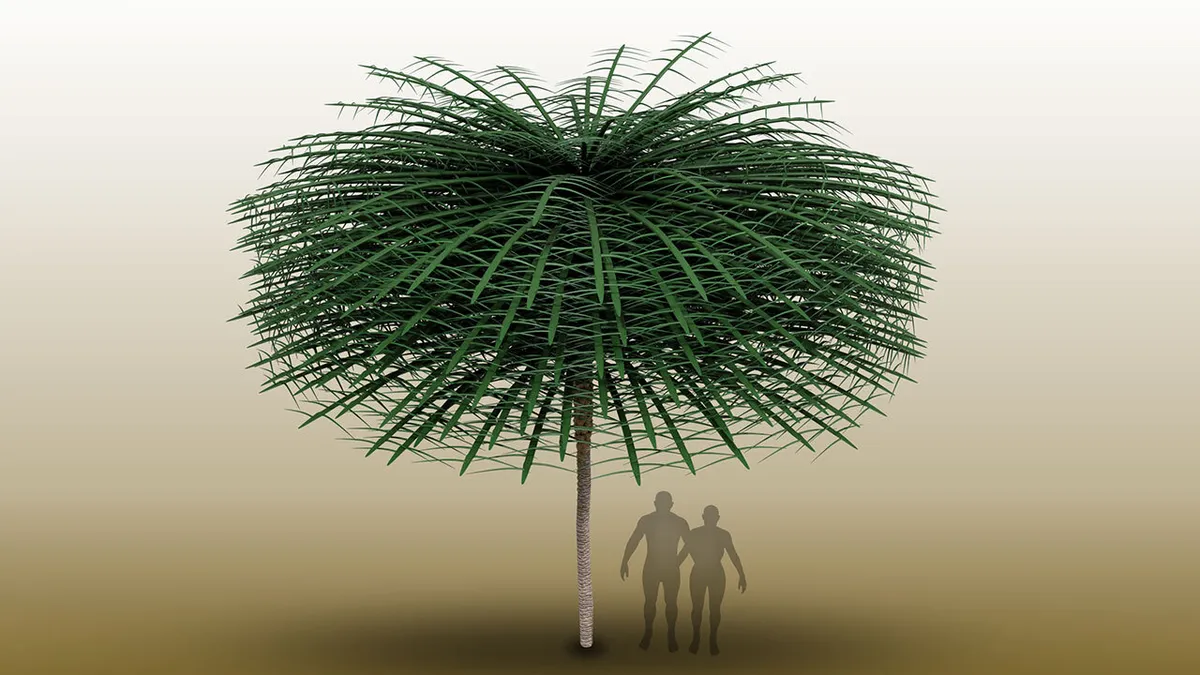
Rare tree fossils preserved with their leaves have an architecture unlike any plant known today and represent the earliest evidence of smaller trees growing beneath the forest canopy. See the study, published in the journal Current Biology.

New evidence from the fossilised skulls of a 6-million-year-old ape called Lufengpithecus has revealed important clues about how our quadrupedal ancestors made the transition to walking on two legs. The analysis is published in the journal Innovation.
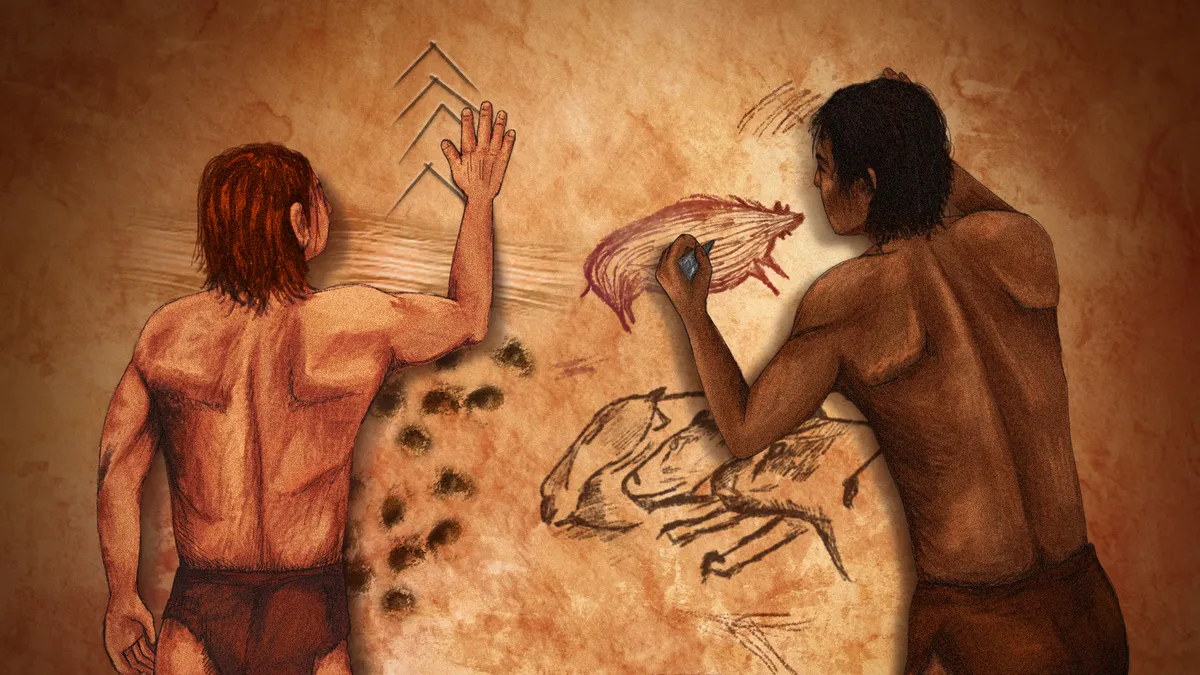
Scientists are finding ever-earlier examples of artistic expression in the archaeological record that reshape what we know about the cognitive abilities of our archaic human relatives, such as Neanderthals.
A surprise discovery of human remains in a German cave has “fundamentally changed” the story of our species’ migration into Europe. Their findings were published across three major research papers in the journal Nature.
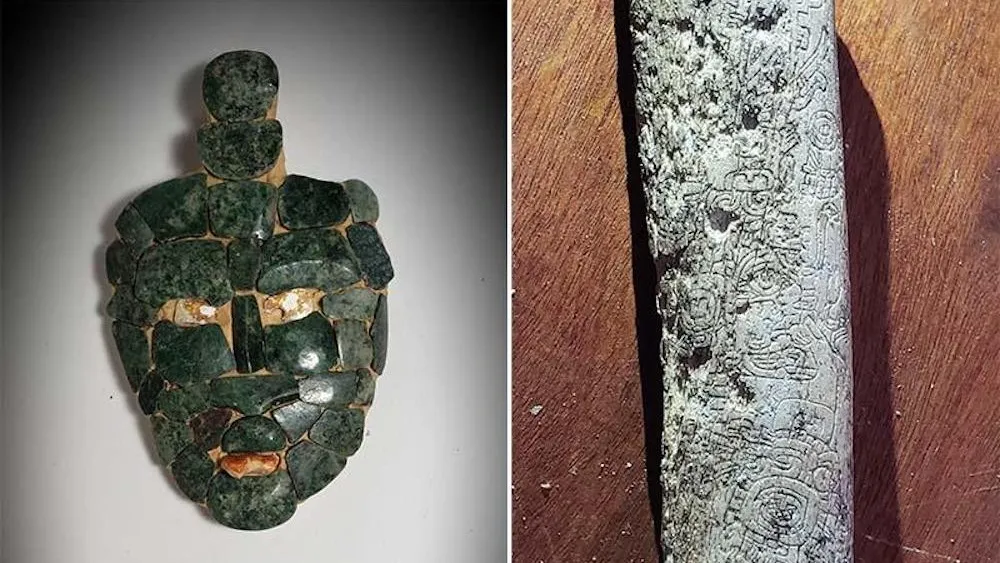
Archaeologists have discovered a 1,700-year-old royal tomb in Guatemala that’s overflowing with funeral offerings, including an intricately designed jade mask depicting a Maya deity.

A pair of historians at the University of Tübingen have found evidence that an ancient baton, thought to be a work of art created by early humans thousands of years ago, is actually a device to assist with making rope. The study is published in the journal Science Advances.
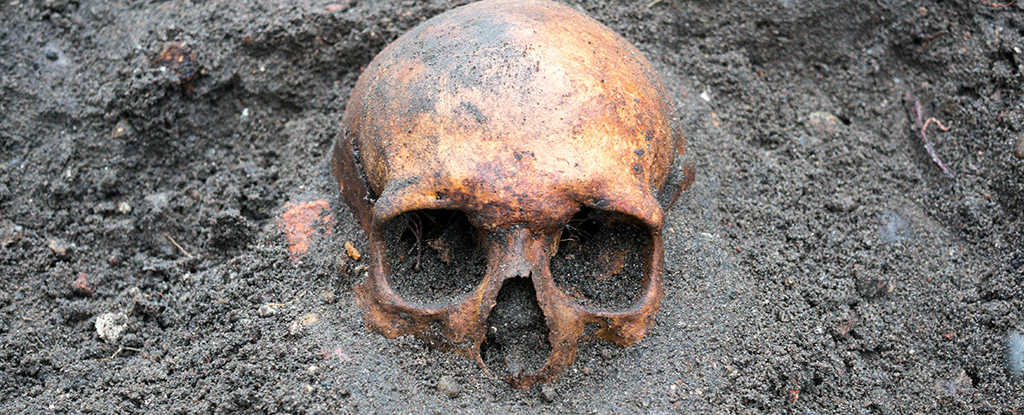
Studying ancient gravesites is a fascinating (if morbid) way of peering into the past, though some searches can raise more questions than answers. Take for instance these Early Neolithic skeletons found in a Swedish tomb, which are all missing their skulls. See the research here.
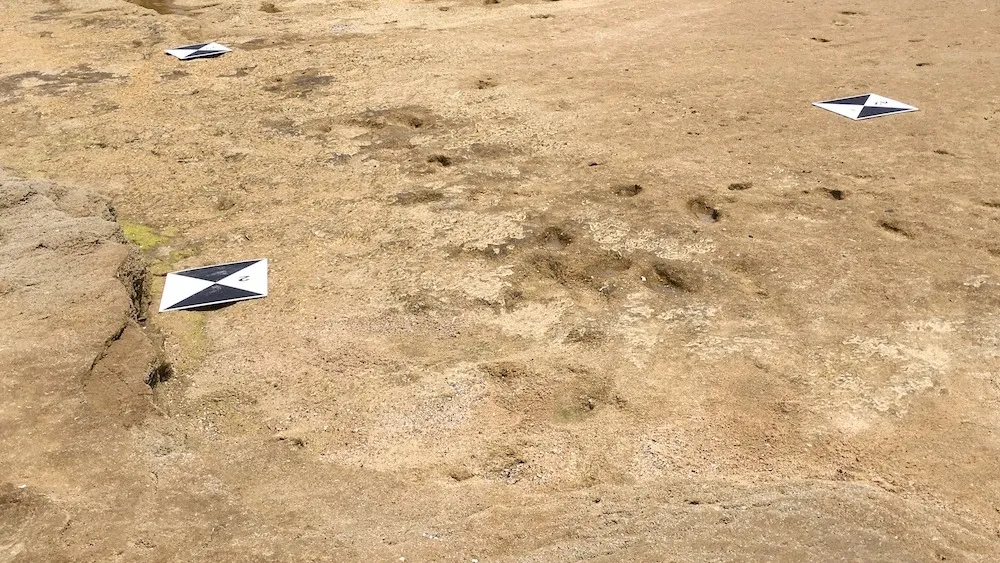
Researchers happened upon the footprint site near the northern tip of North Africa in 2022 while studying boulders at a nearby pocket beach, according to a study published Jan. 23 in the journal Scientific Reports.
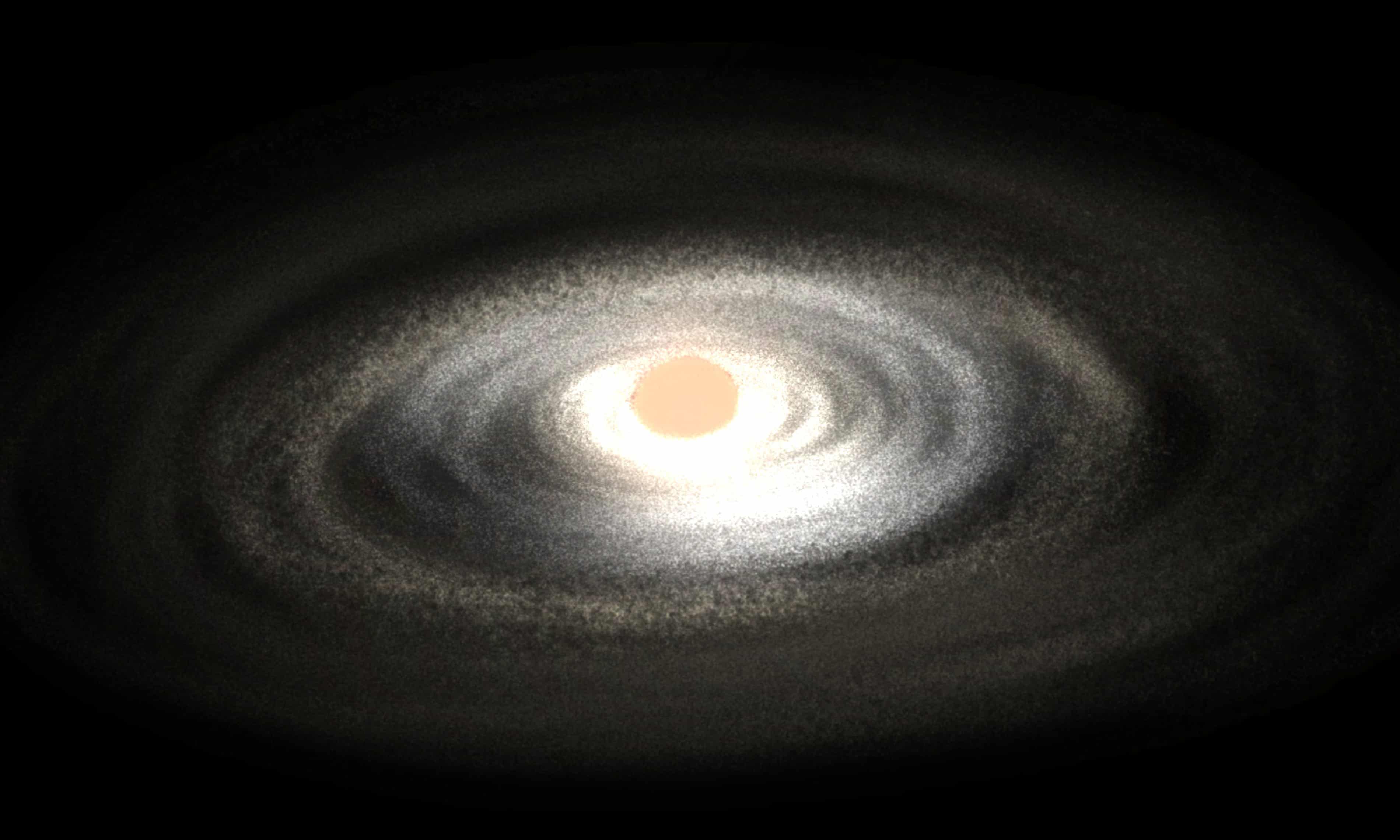
Astronomers have discovered a mysterious group of giant elderly stars at the heart of the Milky Way that are emitting solar system-sized clouds of dust and gas. The findings are published in the Monthly Notices of the Royal Astronomical Society.
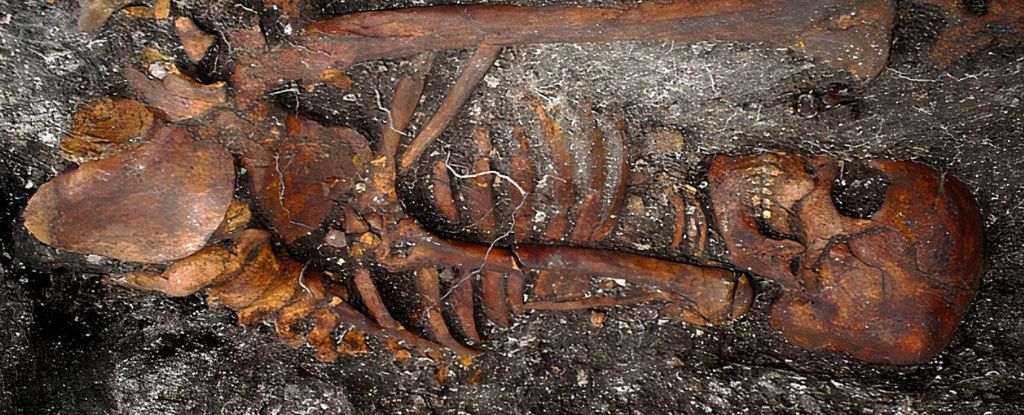
An international team of researchers has uncovered the oldest case of a syphilis-like disease, and it seriously undermines the so-called Columbian hypothesis. The study was published in Nature.








